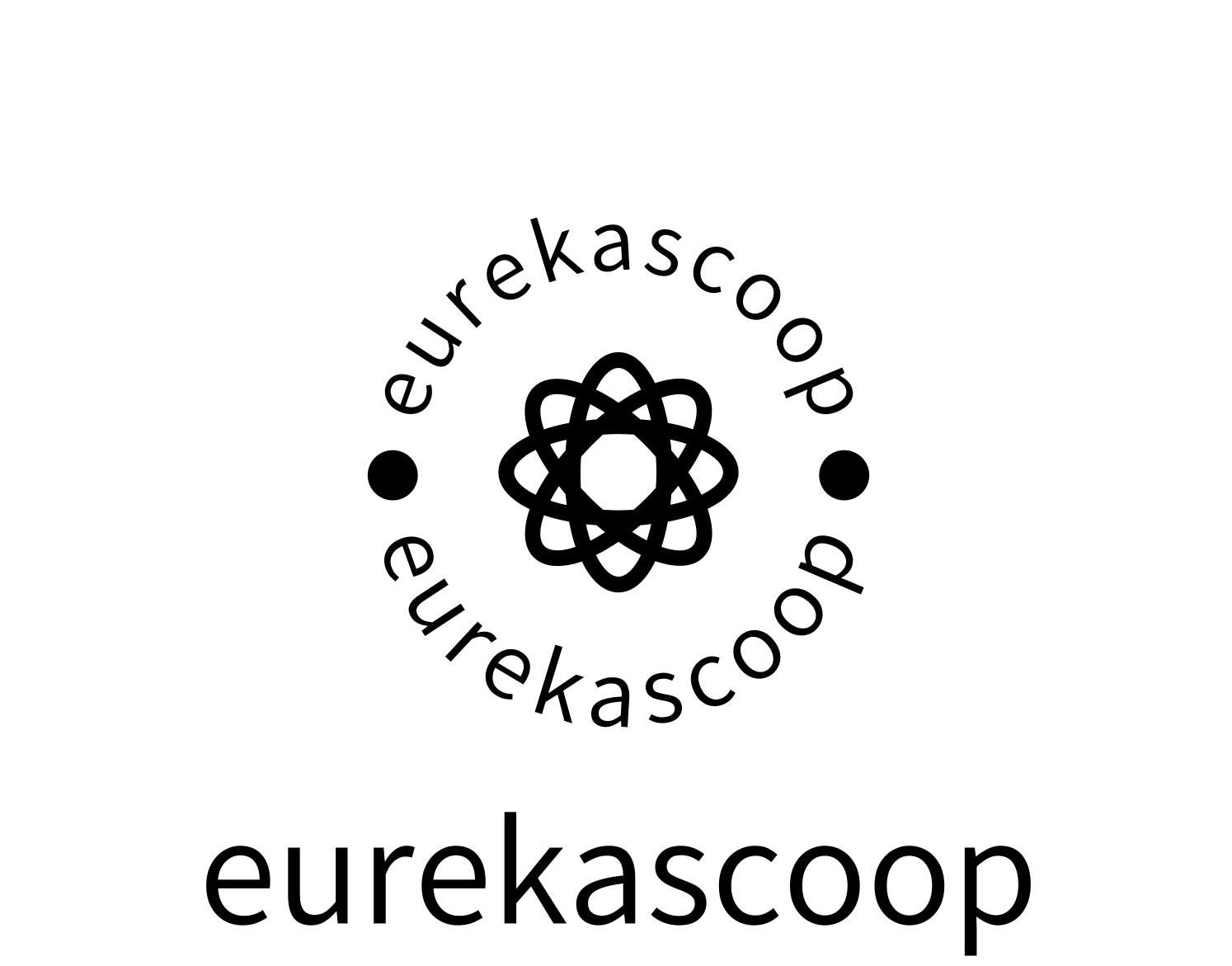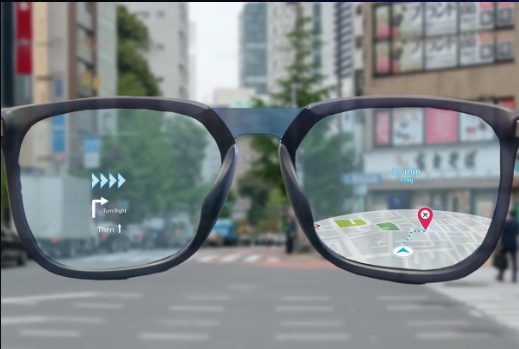Swave Photonics closes funding round raising funds for introduction of dynamic 3D holographic display products. The substantial funding provided to Swave will help accelerate the development of their core technology – what they call the Holographic eXtended Reality (HXR) platform. This platform aims to create AR experiences that feel natural and seamless, prioritizing how we actually see and interact with the real world. The technology is specifically designed to work with AR smartglasses and heads-up displays that are enhanced by artificial intelligence.
According to Theo Marescaux, who serves as Swave’s co-founder and Chief Product Officer, augmented reality glasses are poised to become the fundamental interface through which people will interact with AI-enabled spatial computing and various other applications. He emphasized that Swave holds a distinctive advantage in bringing this future to fruition. Marescaux explained that their approach involves comprehensive design integration across multiple critical components. These include their sophisticated holographic spatial light modulators (SLMs) featuring advanced nano-pixel technology, purpose-built computational chips for real-time processing, specialized light engine systems, and AR combining elements. Through this holistic development strategy, Marescaux asserts that Swave is delivering what he considers to be the most sophisticated and well-integrated solution available in the market.

Swave has developed a groundbreaking Holographic eXtended Reality (HXR) technology that represents a fundamental advancement in how digital information can be presented in augmented reality. At its core, the technology utilizes what they’ve established as the world’s smallest pixel for light manipulation, enabling the creation of sophisticated 3D holographic images. What makes this approach particularly noteworthy is its focus on maintaining natural vision – the system has been engineered to integrate digital elements in a way that harmonizes with, rather than disrupts, the user’s natural perception of their environment. This natural integration is achieved through their proprietary DynamicDepth technology, which allows the human visual system to process these holographic images as if they were part of the physical world.
The timing of this technological breakthrough is particularly significant given the current challenges facing the AR industry. Existing AR devices, whether in development or already available to consumers, face several critical limitations. These include prohibitively high costs, unwieldy form factors that compromise user comfort, excessive power consumption, and perhaps most importantly, visual artifacts that can trigger physical discomfort. A particularly troublesome issue has been the Vergence-Accommodation Conflict, which often results in user fatigue and nausea. Swave’s HXR technology addresses these challenges through a fundamentally different approach. Moreover, their solution eliminates the need for expensive components like waveguides and varifocal lenses that have traditionally been essential in AR devices, potentially making the technology more accessible and commercially viable.
The maturity and credibility of Swave’s technology is evidenced by its extensive development history and intellectual property portfolio. The company has invested more than a decade in developing this technology and has secured 60 core technology patents. Their recent achievements have garnered significant recognition in the industry. Following the announcement of their HXR platform in April 2024, they achieved another milestone by demonstrating the world’s first true color holographic display. The technology’s potential impact has been further validated by its selection for a CES Innovation Award at CES 2025, marking it as a significant advancement in the field of augmented reality.

